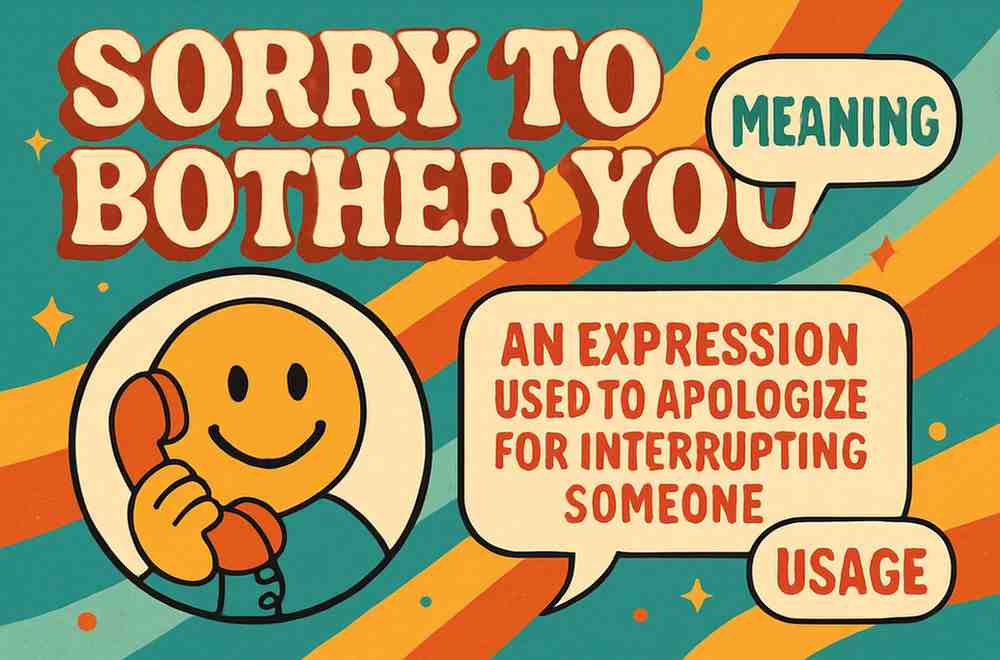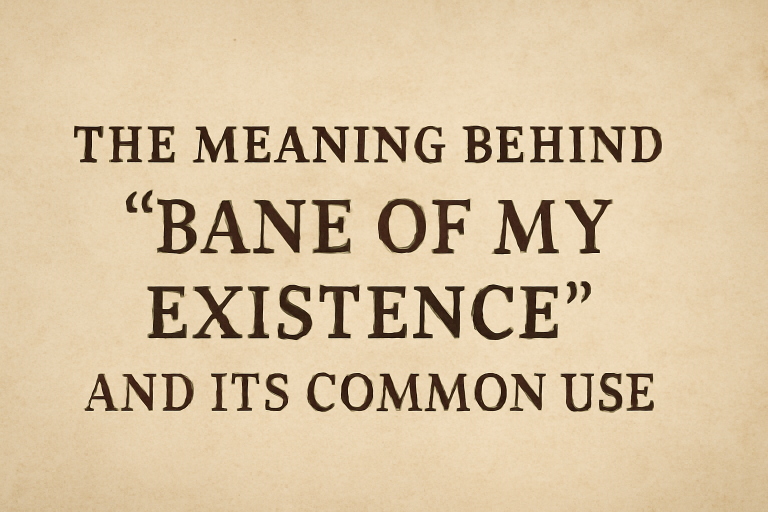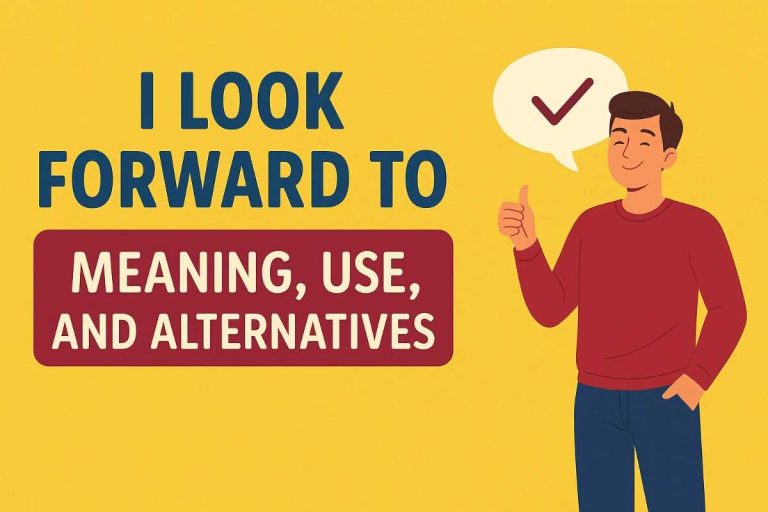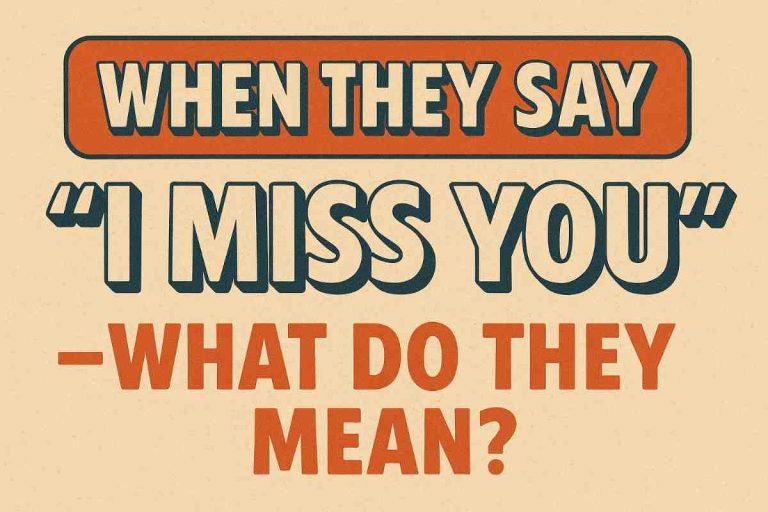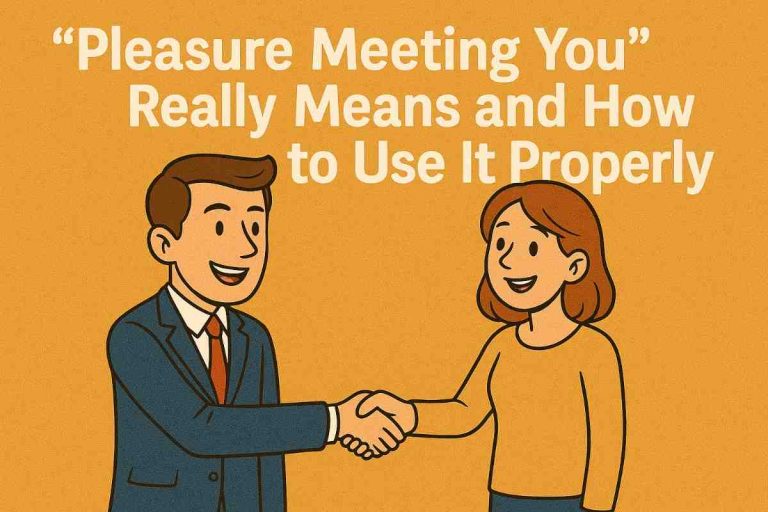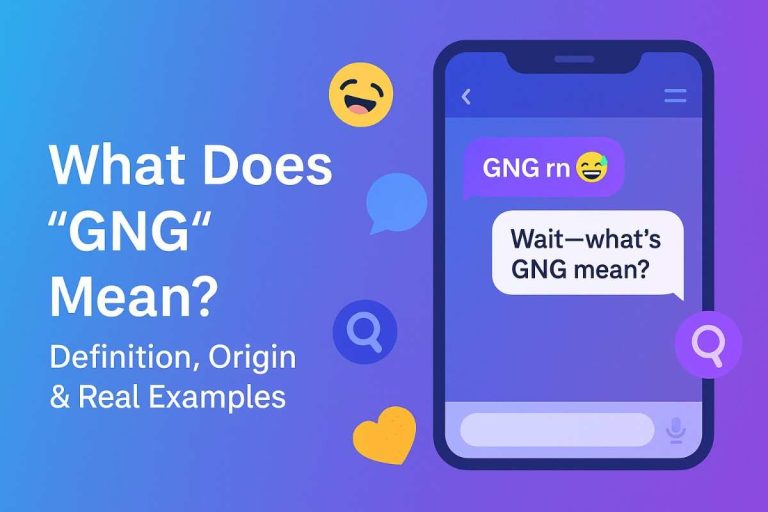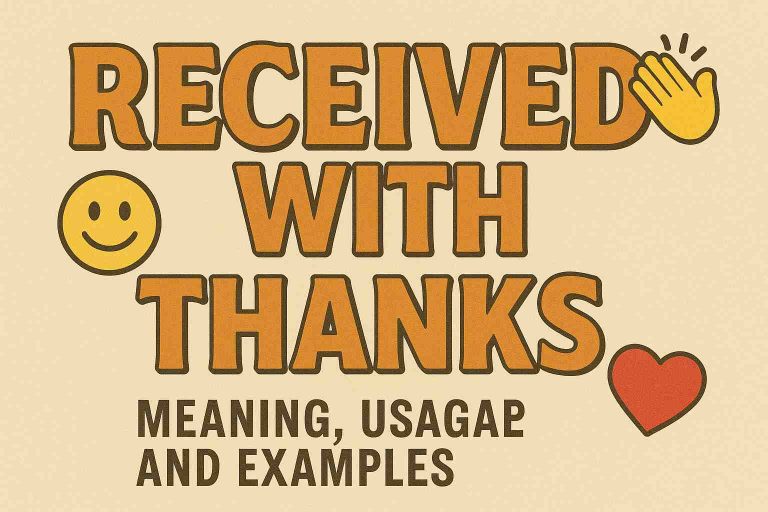“Sorry to Bother You” – Phrase Meaning, Examples & Use
Let’s be honest—no one likes feeling like a nuisance. That’s exactly why you hear phrases like “Sorry to bother you” so often, especially in emails or quick conversations. It’s one of those polite phrases people toss in when they need something but don’t want to seem rude. But what does it really mean? And are there better ways to say it?
That’s what this guide is for. We’ll break down the phrase, talk about why it matters, and give you a toolbox full of alternatives. Whether you’re writing a professional email or just texting a friend, the way you ask for attention matters more than you might think.
What “Sorry to Bother You” Really Means in Everyday English
The phrase “Sorry to bother you” is a quick apology. You’re acknowledging that you’re interrupting someone, even if what you’re saying is necessary. It’s part politeness, part hesitation.
In plain English? You’re saying, “I know you’re probably busy, but I need your attention for a second.”
It’s soft. It’s cautious. And it tries to be kind without sounding demanding. Often used before asking a question, making a request, or starting a conversation that might disrupt someone’s focus.
Also Read – “Sorry to Bother You” – Phrase Meaning, Examples & Use
When and Why People Say “Sorry to Bother You”
This phrase works like a doormat: it clears the way before stepping into someone else’s time or space.
People usually say it when:
- They’re not sure if it’s a good time to talk.
- They feel their request might be an inconvenience.
- They want to appear polite and thoughtful.
It’s often used in work emails, customer service calls, or even in everyday interactions like stopping a stranger for directions.
The tone? Apologetic. But still hopeful.
Situations Where the Phrase Is Used
Here are some common scenarios:
- In the workplace: Asking a colleague for help while they’re clearly busy.
- Customer service: A customer approaching an employee.
- Cold emails: Reaching out to someone you don’t know.
- Casual conversation: Interrupting a friend who’s doing something else.
You might say:
- “Sorry to bother you, but could you check this when you have a minute?”
- “Hey, sorry to bother you—quick question!”
- “Sorry to interrupt. Is now a good time?”
It’s polite. It signals respect for the other person’s time. But sometimes? It can feel overused or a bit too passive.
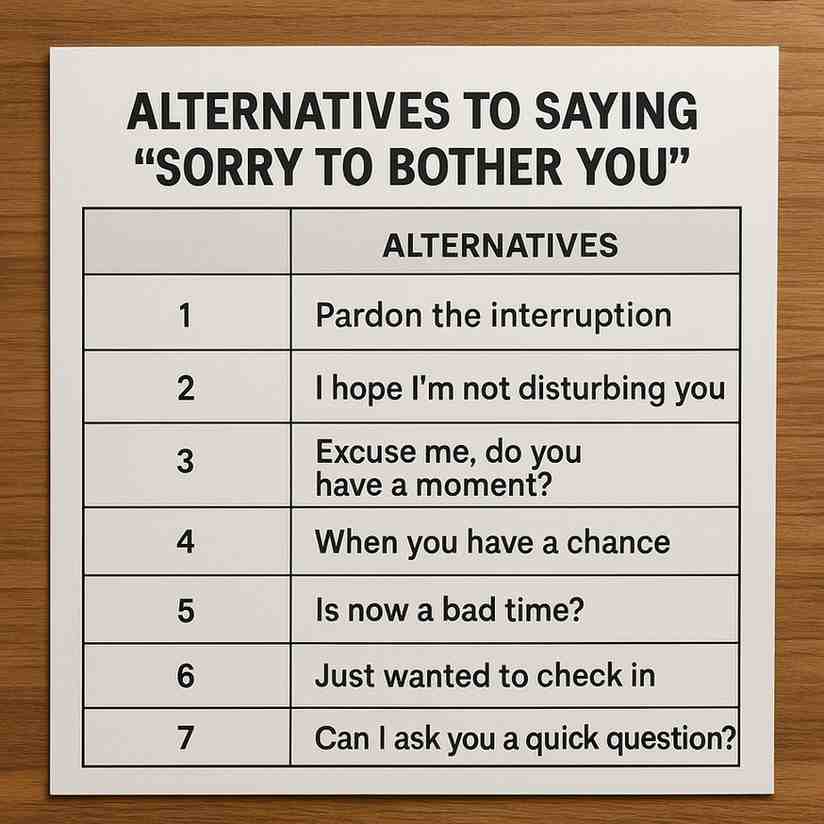
22 Alternatives to Saying “Sorry to Bother You”
Here are twenty-two alternatives, each with a definition, example, tone, and ideal use case:
- Pardon the interruption Definition: A polite way to break into a conversation or moment. Example: “Pardon the interruption, but there’s an issue with the system.” Tone: Formal, respectful. Best use: Workplace settings or meetings.
- I hope I’m not disturbing you Definition: You’re checking if it’s a bad time. Example: “I hope I’m not disturbing you, but can I ask something quick?” Tone: Polite and cautious. Best use: Emails or when reaching out unexpectedly.
- Excuse me Definition: A classic way to get attention. Example: “Excuse me, could you help me find this?” Tone: Neutral. Best use: Public spaces or customer service.
- May I have a moment of your time? Definition: Asking for time directly, but politely. Example: “May I have a moment of your time to go over this?” Tone: Professional and courteous. Best use: Business environments.
- Quick question Definition: Sets up a short, simple ask. Example: “Quick question—did you submit the report?” Tone: Informal, efficient. Best use: Colleagues or friends.
- When you have a moment Definition: Suggests no rush. Example: “Could you review this when you have a moment?” Tone: Soft, thoughtful. Best use: Emails and Slack messages.
- Just wanted to check in Definition: Casual follow-up. Example: “Just wanted to check in on the proposal.” Tone: Friendly. Best use: Status updates.
- Would you mind if I asked something? Definition: Polite request to speak. Example: “Would you mind if I asked a quick question?” Tone: Gentle. Best use: New or formal conversations.
- Apologies for the interruption Definition: Acknowledging the disruption. Example: “Apologies for the interruption—but we need your approval.” Tone: Formal. Best use: Meetings or structured settings.
- Mind if I jump in? Definition: Asking to contribute or interrupt. Example: “Mind if I jump in? I have a thought.” Tone: Friendly, confident. Best use: Group chats or brainstorming.
- Can I bug you for a second? Definition: Casual, humorous ask. Example: “Can I bug you for a second? Need your opinion.” Tone: Playful. Best use: Close coworkers or friends.
- Hate to bother you, but… Definition: A softer version of the original. Example: “Hate to bother you, but the printer jammed again.” Tone: Apologetic. Best use: Annoying or repeated requests.
- Is this a bad time? Definition: Checks if the person is busy. Example: “Is this a bad time? Just need five minutes.” Tone: Considerate. Best use: Phone calls or drop-ins.
- Hope I’m not catching you at a bad moment Definition: More formal than above. Example: “Hope I’m not catching you at a bad moment—quick favor?” Tone: Respectful. Best use: Client or boss communication.
- Can I steal you for a sec? Definition: Informal way to grab attention. Example: “Can I steal you for a sec? Need your eyes on this.” Tone: Casual, fast-paced. Best use: Busy office settings.
- Would now be a good time? Definition: Asking for timing permission. Example: “Would now be a good time to talk about your feedback?” Tone: Polite. Best use: Meetings or follow-ups.
- Let me know when you’re free Definition: Puts control on their side. Example: “Let me know when you’re free to chat.” Tone: Flexible. Best use: Emails or asynchronous chats.
- Do you have a minute? Definition: Direct, brief. Example: “Do you have a minute? I’m stuck on this.” Tone: Straightforward. Best use: On-the-go chats.
- Could I grab you for a sec? Definition: Quick check-in. Example: “Could I grab you for a sec before your call?” Tone: Casual. Best use: In-person interactions.
- Ping me when you’re free Definition: Tech-savvy way to say “let me know.” Example: “Ping me when you’re free—got a question.” Tone: Informal, modern. Best use: Digital communication.
- Real quick—can I ask something? Definition: Prepares for a short ask. Example: “Real quick—can I ask about tomorrow’s agenda?” Tone: Friendly urgency. Best use: Busy moments.
- Don’t mean to interrupt, but… Definition: Honest and direct. Example: “Don’t mean to interrupt, but your input would help.” Tone: Considerate. Best use: Active discussions or group settings.
Conclusion
“Sorry to bother you” isn’t wrong. In fact, it’s often the right mix of polite and respectful. But it’s not your only option. Language is flexible. Tone matters. And your choice of words says a lot about your intention.
If you want to sound more confident, switch things up. Pick an alternative that fits the moment. Whether it’s a formal meeting, a quick Slack message, or a nervous email, how you interrupt tells people how you value their time.
And honestly? Sometimes just asking directly—with kindness—gets you further than apologizing your way into a sentence.
Use this guide as your cheat sheet. Speak up with clarity, confidence, and care.

